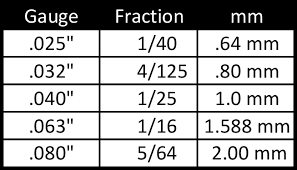When considering steam line insulation covers, determining the appropriate insulation thickness is one of the most important factors to consider to maximize efficiency and reduce energy costs.

There are several factors to take into account when calculating the appropriate steam line insulation thickness. Let's discuss some of the most significant considerations.
Temperature Control
Controlling the temperature of the steam flowing through pipes is vital to ensure the delivery of steam at the correct temperature to its destination. Temperature control is a crucial factor to consider when determining steam line insulation thickness calculation. Good insulation forms a thermal barrier that prevents heat loss and reduces the temperature on the pipe's outer surface.
Insulation Material Type
When selecting an insulation material to use for pipe insulation covers, it's important to consider the insulation's performance capability, cost, and durability. Some examples of common insulation material include fiberglass, mineral wool, and foam glass. However, the most appropriate insulation material to use varies depending on the specific application and operating environment.
To ensure the most effective insulation material selection for your application, consult with a professional insulation installation service that can recommend the best insulation material after considering your operating conditions.
Pipe Size & Shape
The pipe's diameter and shape significantly influence the required thickness of insulation material. Larger pipes require more insulation material to be adequately insulated than smaller ones. Moreover, the insulation thickness should increase with the size of the pipe diameter.
The shape of the pipe is also an essential consideration, as insulation installation should always account for valves, flanges, and other fittings. Properly insulating the pipe and all its components ensures that there is no heat loss or gain in places where insulation has unprotected areas.
Application Environment
The environment where the insulation application will take place is crucial. External weather conditions, vibrations, and moisture should be assessed before selecting and installing insulation material. Specific insulation materials can withstand high temperatures, water, or exposure to the sun, making them suitable for specific environmental settings.
Preventing Heat Loss
When it comes to preventing heat loss, each system is unique, requiring specific insulation solutions. The more steam line insulation thickness is applied, the more protection the insulation provides. The thickness of the insulation material helps to minimize the heat loss to the surroundings, resulting in more efficient steam usage, increased system lifespan, and reduced energy costs.
Reducing Energy Loss
The thickness of insulation material directly affects the utility bill, resulting in either increased or reduced energy loss. Thicker insulation material reduces the heat transfer through the pipe, resulting in reduced energy consumption and increased financial savings.
In summary, determining the appropriate steam line insulation thickness calculation is necessary to increase efficiency, reduce energy costs, and extend the system lifetime. By ensuring temperature control, selecting the appropriate insulation material, accounting for the pipe size and shape, the application environment, preventing heat loss and reducing energy loss, the steam line insulation thickness calculation can be accurately determined and effectively installed.
Consulting with a professional insulation installation service ensures that all factors are considered and the most appropriate solution for each unique situation is identified. Contact a professional insulation installation service today to increase system efficiency, reduce energy costs, and extend the system's lifetime.